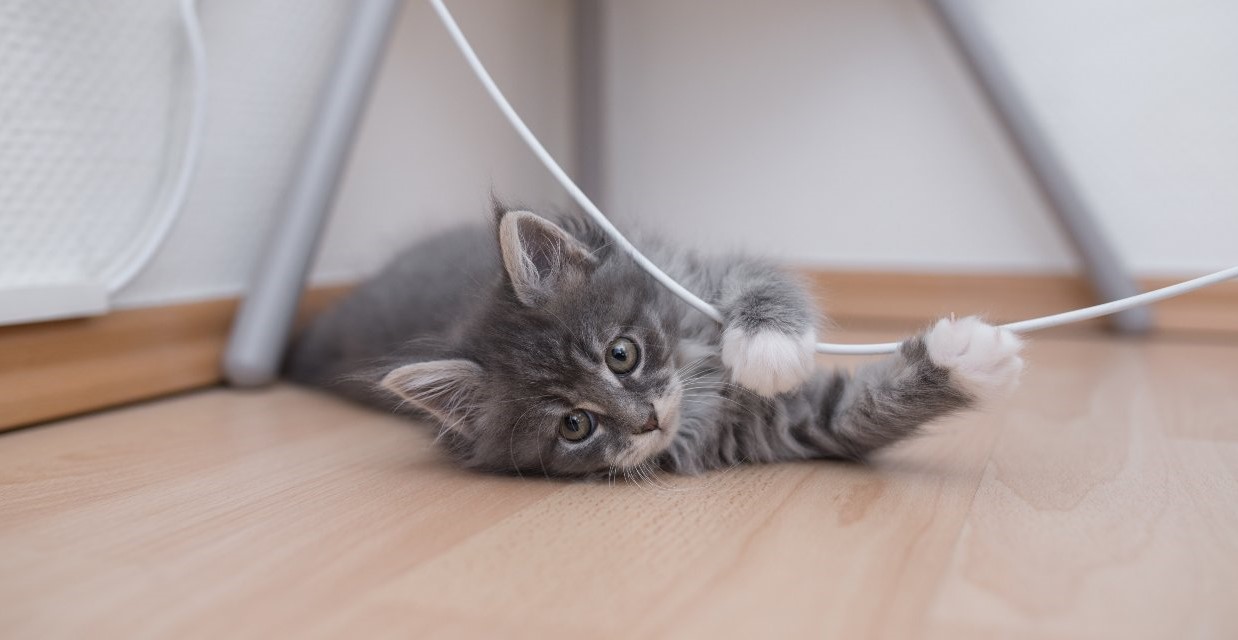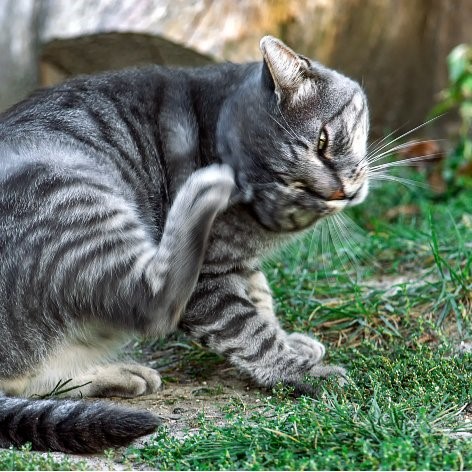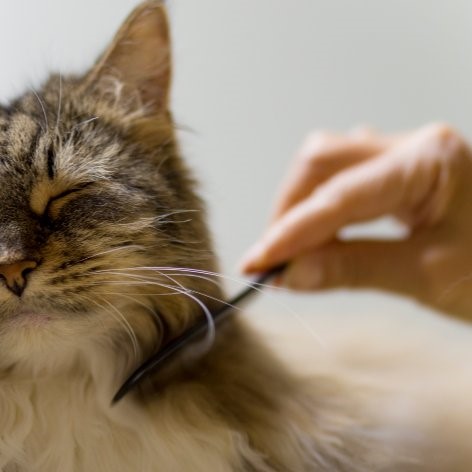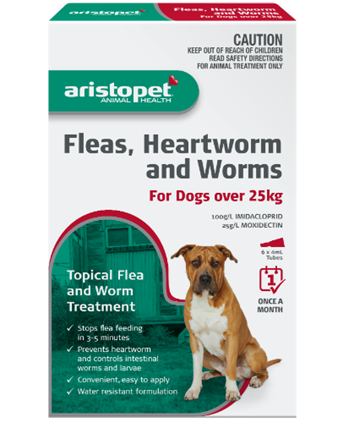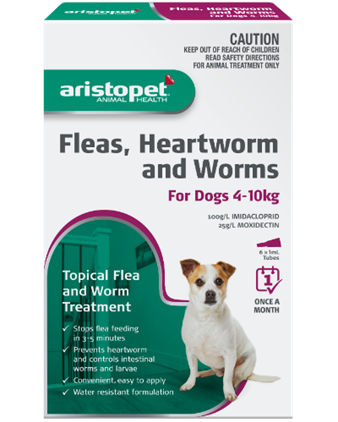Exercising makes us all feel more alive, whether you walk on two legs or four (or fly or crawl or swim, for that matter).
For kittens, play is essential not only to physical development (keeping their bodies healthy and strong) but for mental development and stimulation too.
Kittens that aren’t able to play and be active will become frustrated and destructive, possibly even lazy and overweight if the inactivity sets in for good.
They’ll still be cute, of course – just not as healthy!
Giving your kitten plenty of opportunity for fun and games is a leap in the right direction. When cats aren’t active by nature and normally opt for only short bursts of intense activity, having you around to encourage play is a good idea. Just 15–20 minutes per day will help develop your kittens physical and mental health greatly.
Using Catnip to get your Kitten Playing
Catnip is usually a great way to stimulate play and excitement in your cat. Again, you can test their sensitivity to catnip when they’re a kitten. This natural herb is a member of the mint family, which explains its mild aroma that most cats and kittens find irresistible. They get a fun ‘short-term euphoric feeling’, which is completely harmless for their health. It’s one of the best ways to get your cat moving and ready to play. Don’t be alarmed if your cat doesn’t respond to catnip, however; not all cats do!
Mealtime Activity
It’s obvious but worth noting that domestic cats no longer have a need to catch a meal like their ancestors do.
When we put a plate of food down for them, we’re taking away a lot of the running, jumping, catching and eating behaviour that ‘the hunt’ would’ve provided.
This is why our cats and kittens sometimes go dashing about the house, up-ending plants and attacking our ankles.
One great remedy to this is ‘activity feeding’ with toy feeders, puzzles, hidden meals on different surfaces in different areas of the house or ‘scatter feeding’ biscuits which means simply throwing them across the floor! You can start this activity with your kitten, when they’re fully weaned on to dry food.
Best Toys for Kittens (and Cats!)
As mentioned above, a big need for activity and stimulation dates back to their wild ancestry. Because cats are ‘natural predators’, stalking and pouncing is a built-in behaviour, that owners, other pets and toys can bring out. Just watch your kitten crouch behind a chair, eyes focused on a furry toy mouse, dangling from a string!
Here’s some pointers to help you find the right toys for your kitten:
- ‘Dual play’ toys which involve interaction between you and your kitten are great to build your relationship with them.
- Textured toys like feathers, knitted materials, balls of paper, small cardboard boxes and other textured toys will help your curious kitten explore and experience different feels.
- Noisy toys that crinkle, ringing bells and rattles are all top-cat attention-getters, and nice new stimuli for kittens. They often love the combination of texture and sound as they run through a plastic-lined cat-tunnel, for example.
- Movement is always a great feature of a cat toy. You can look to vibrating or robot toys that throw a toy about on your behalf, toys on the end of wobbly wires or laser pointers which dash about the room. Again, this calls to their natural instinct to hone in on and chase others in their environment.
- Boxes, boxes, boxes! No one can underestimate the joy that a cat can take from a simple box. Improve interactivity and interest by cutting a few holes in it before you give it to them, and poke your finger through them, if you dare!
One word of warning though: when choosing toys and starting to use them for the first time (particularly with kittens), be sure to supervise them closely. While most toys are made to be cat-proof, there’s never an indestructability guarantee. Bits may fall off, claws and sharp teeth can sheer off toy-fragments and while vigorously playing, we need to keep tabs that things don’t end up where they shouldn’t (gulped down, wrapped around their bodies, etc).
Let's be sure to provide them with all of the play they need to keep them happy, stimulated, active and sane, while always ‘playing responsibly’ … aka: keeping them out of trouble.


